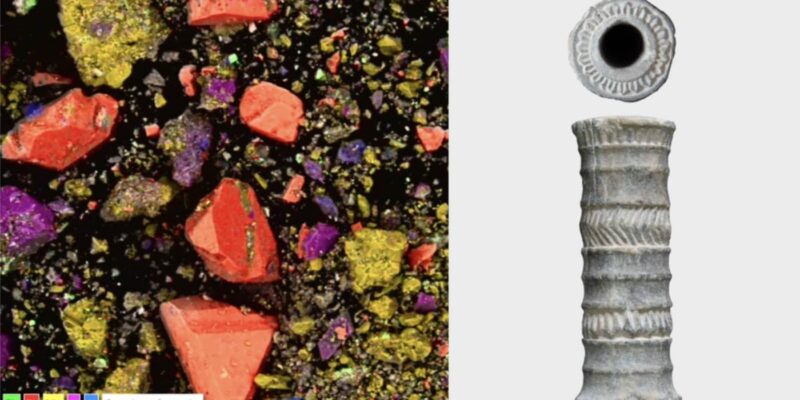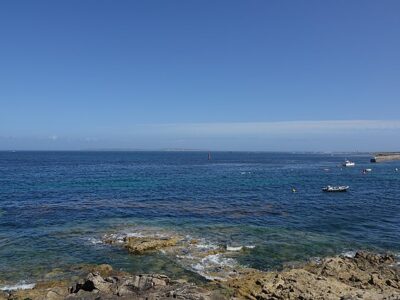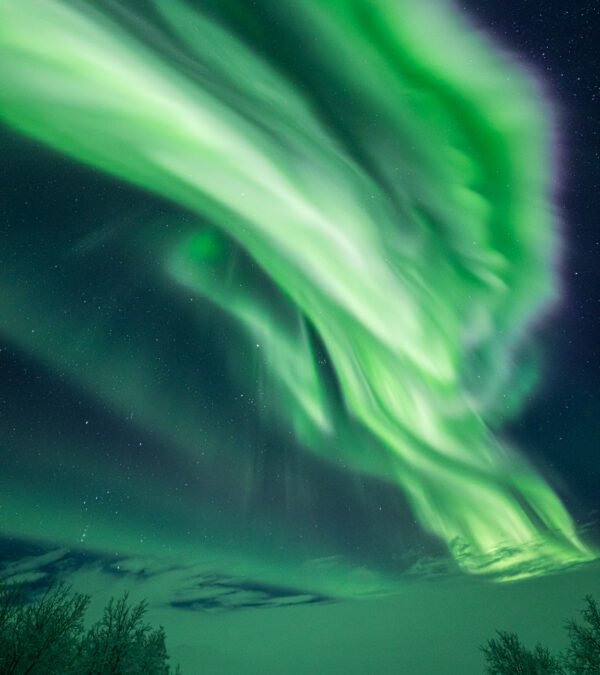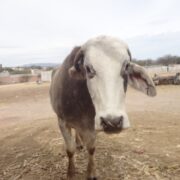
In Iran’s Jiroft region, archaeologists unearthed a small vial containing something not too different from what women today all over the world have in their purses.
Tucked inside an intricately carved tube that was retrieved from an ancient graveyard exposed in 2001 due to a nearby river flood, researchers found a 4,000-year-old tube of lipstick.
According to IRNA, archaeologists in #Iran have found a 4,000-year-old vial of what may be the world’s oldest lipstick, showcasing ancient chemical processing knowledge. The discovery suggests that ancient Iranians could be the original inventors of lipstick. pic.twitter.com/tATZkB27fs
— Iran Daily (@IranDailyWeb) March 1, 2024
Maybe it was Maybelline?
The lipstick dates to between 1936 and 1687 B.C.E., according to a study published this month in the journal Scientific Reports. The team thinks the vial could have come from the Marḫaši, which, according to Mesopotamian texts, was a powerful civilization that occupied what’s now eastern Iran. Scientists write that the pigment’s advanced age “is far from surprising, considering the long-standing, well-known technical and aesthetic tradition in cosmetology in ancient Iran,” Smithsonian Magazine writes.
The delicate container surfaced in 2001, when the Halil river flooded several ancient graveyards in southeastern Iran and dislodged items from the burials, according to Artnet’s Adam Schrader. It was later housed in the Archaeological Museum of Jiroft.
Lip pigment was just one of many beauty products used in ancient Iran. Perhaps the region’s most prominent cosmetic was eyeliner, which was made of a black powder called sormeh and worn by both women and men. Ancient Iranians also wore several kinds of powders on their cheeks and eyebrows.
While studying the vial, researchers easily extracted the “loose, dark purple fine powder” and began testing its chemical makeup, per the study. Their analysis revealed that the powder is made of hematite (which produces its deep red color), manganite, braunite, galena, anglesite and plant-based waxes.
The find was unique.
“The lipstick stands out with special features like fine cuts on its greenish chlorite surface, making it different from other things from that time.
This hints that even way back in history, people had a smart way of branding and packaging their cosmetic items.
The team suggests that the vial may originate from Marḫaši, a civilization mentioned in Mesopotamian texts, known for its strength and presence in the present-day eastern Iran,” explained The India Times.
Apart from lipstick, Iran embraced a variety of beauty products, including ‘sormeh’—a black powder utilized as eyeliner—and an array of powders applied to enhance their cheeks and eyebrows.









